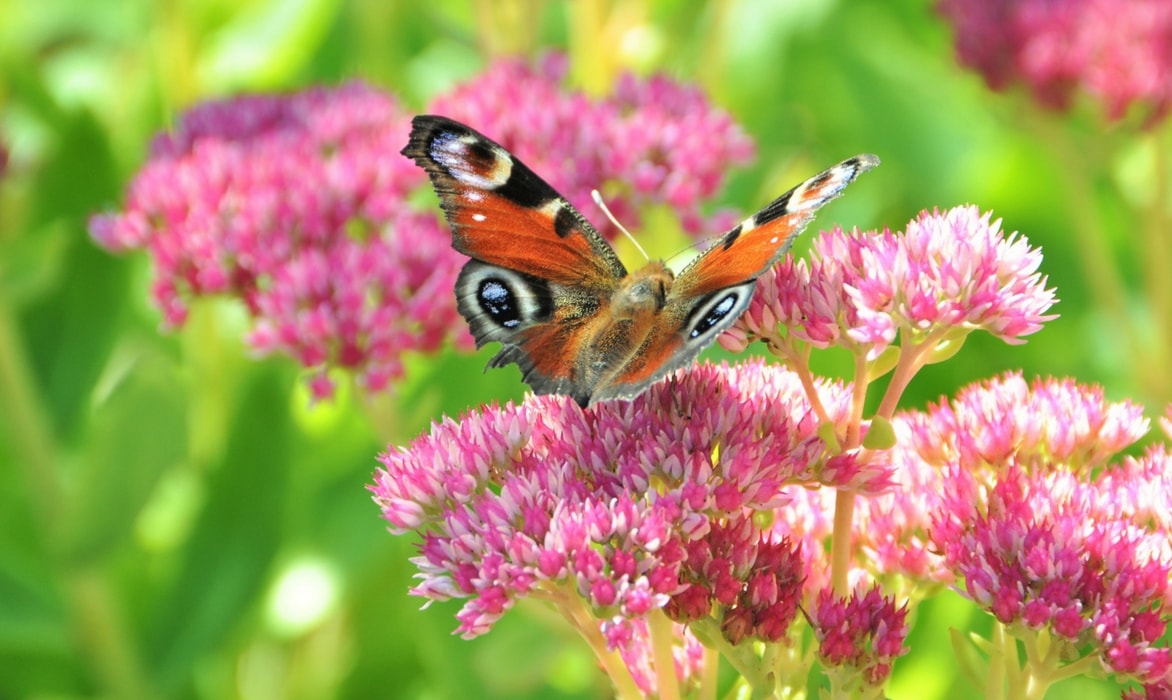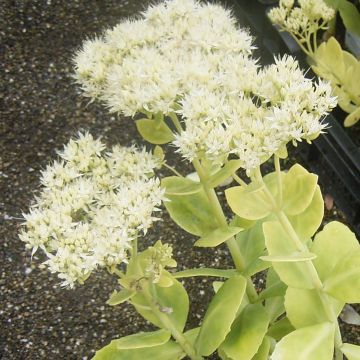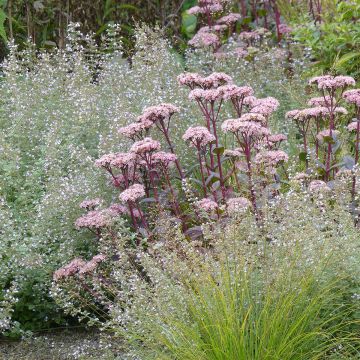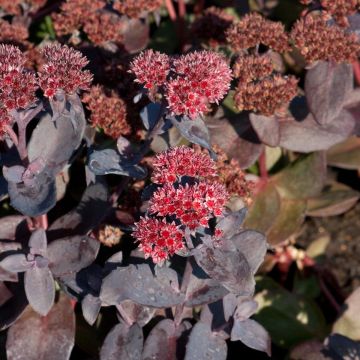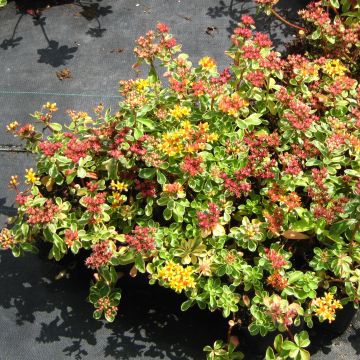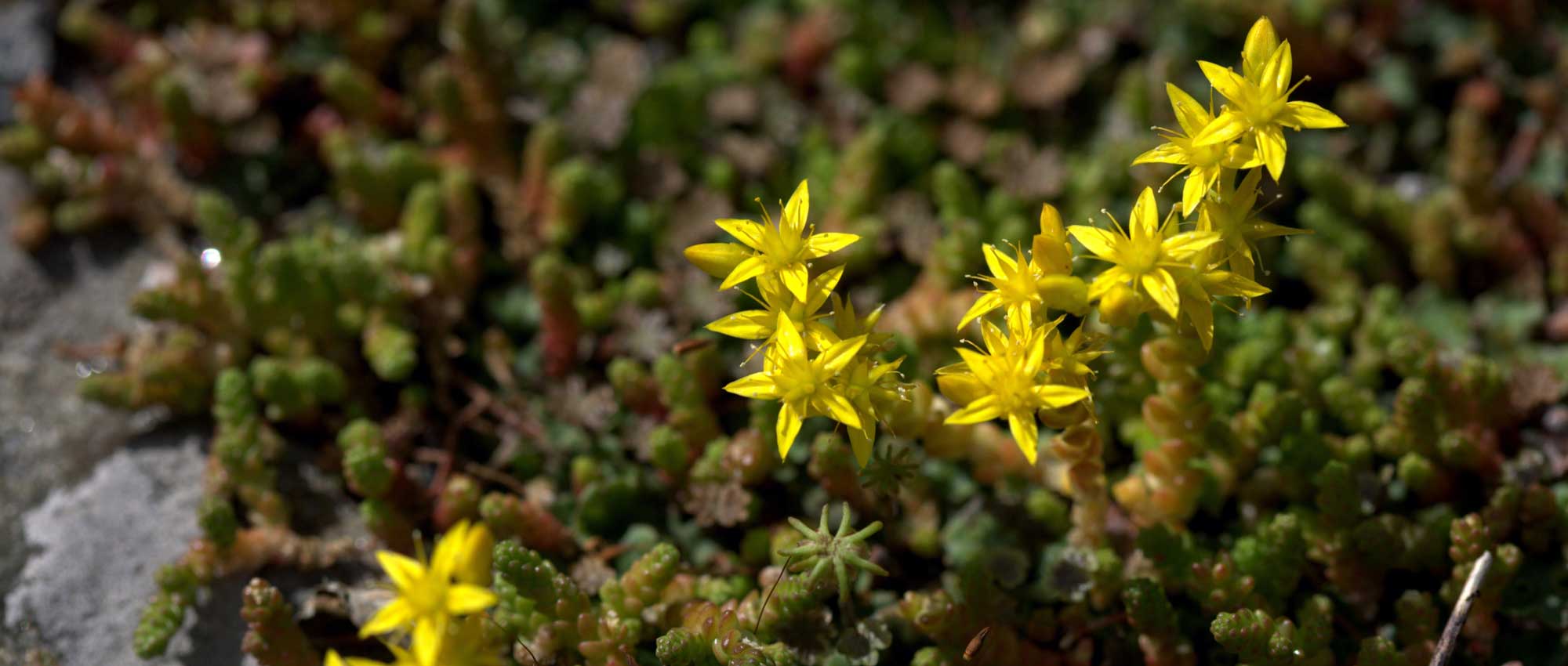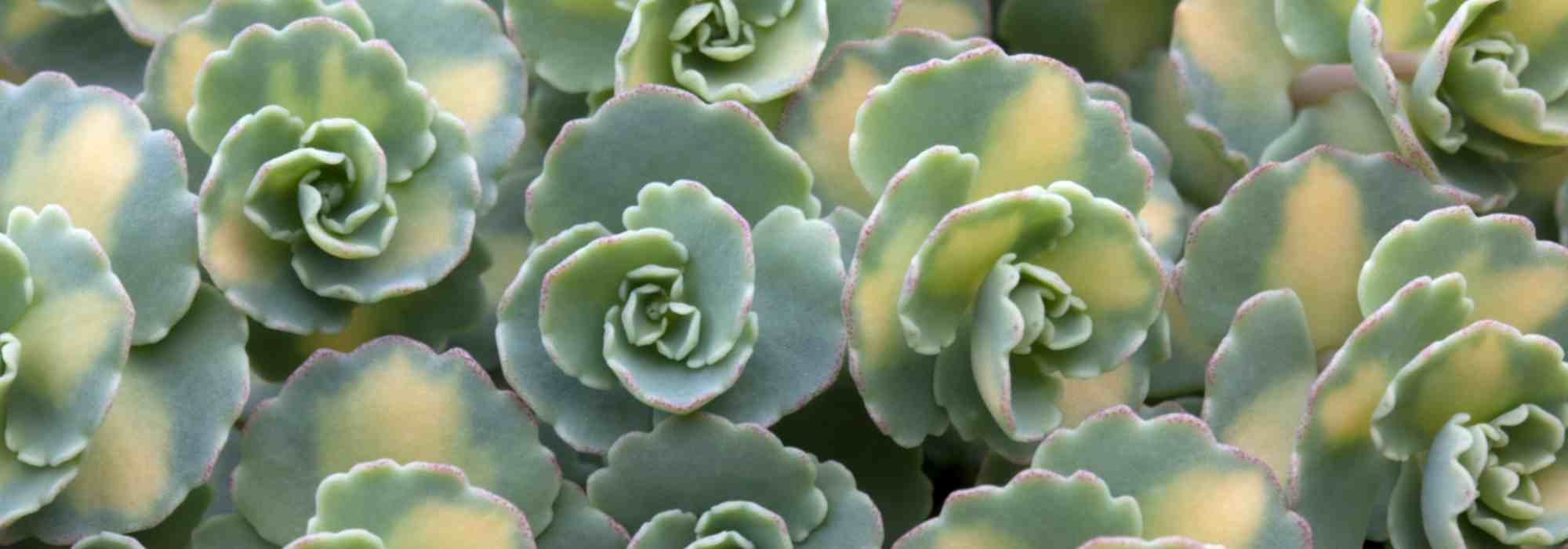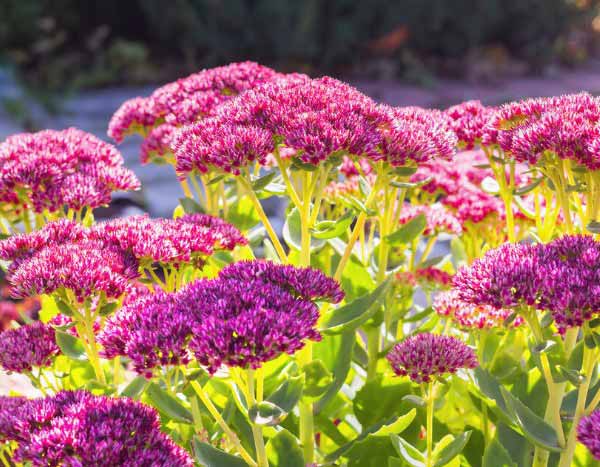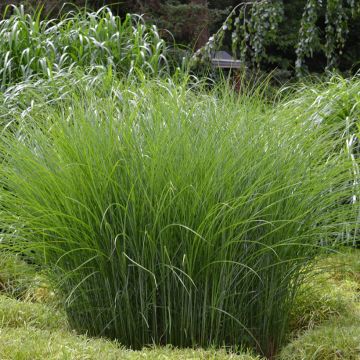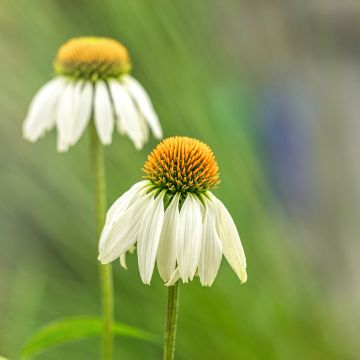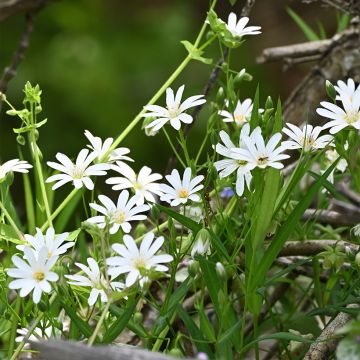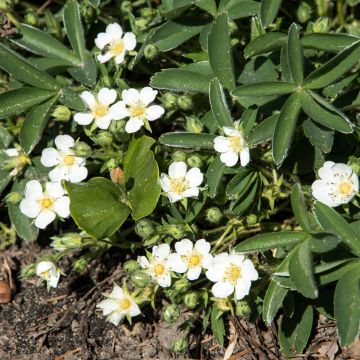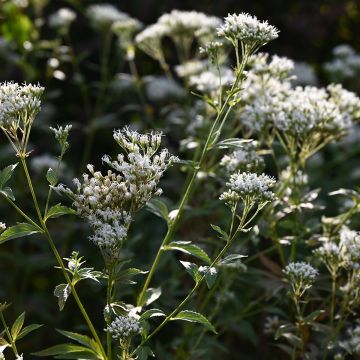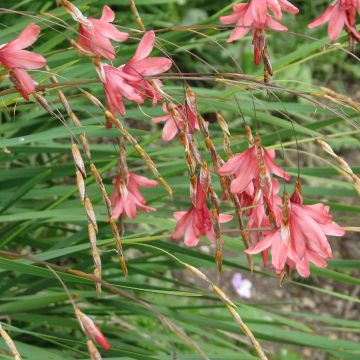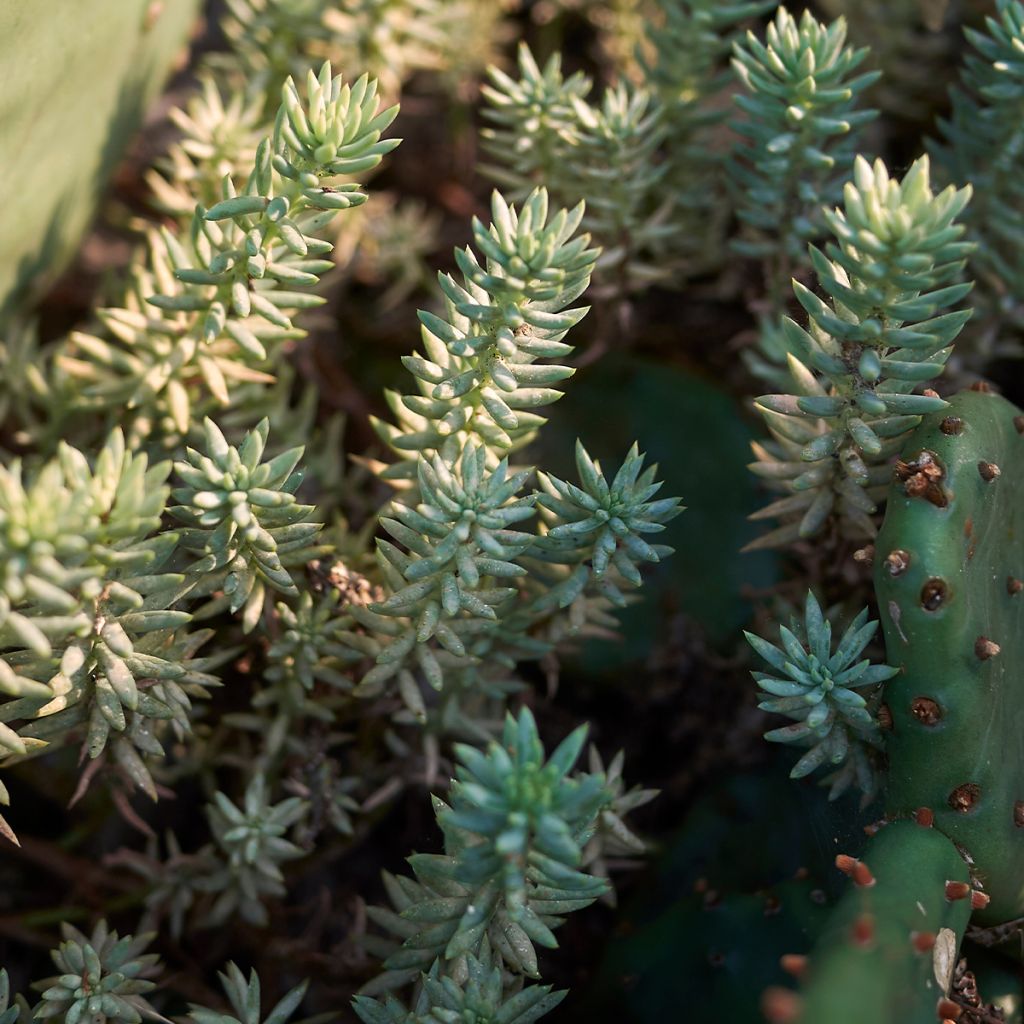

Sedum reflexum - Orpin des rochers, Orpin réfléchi
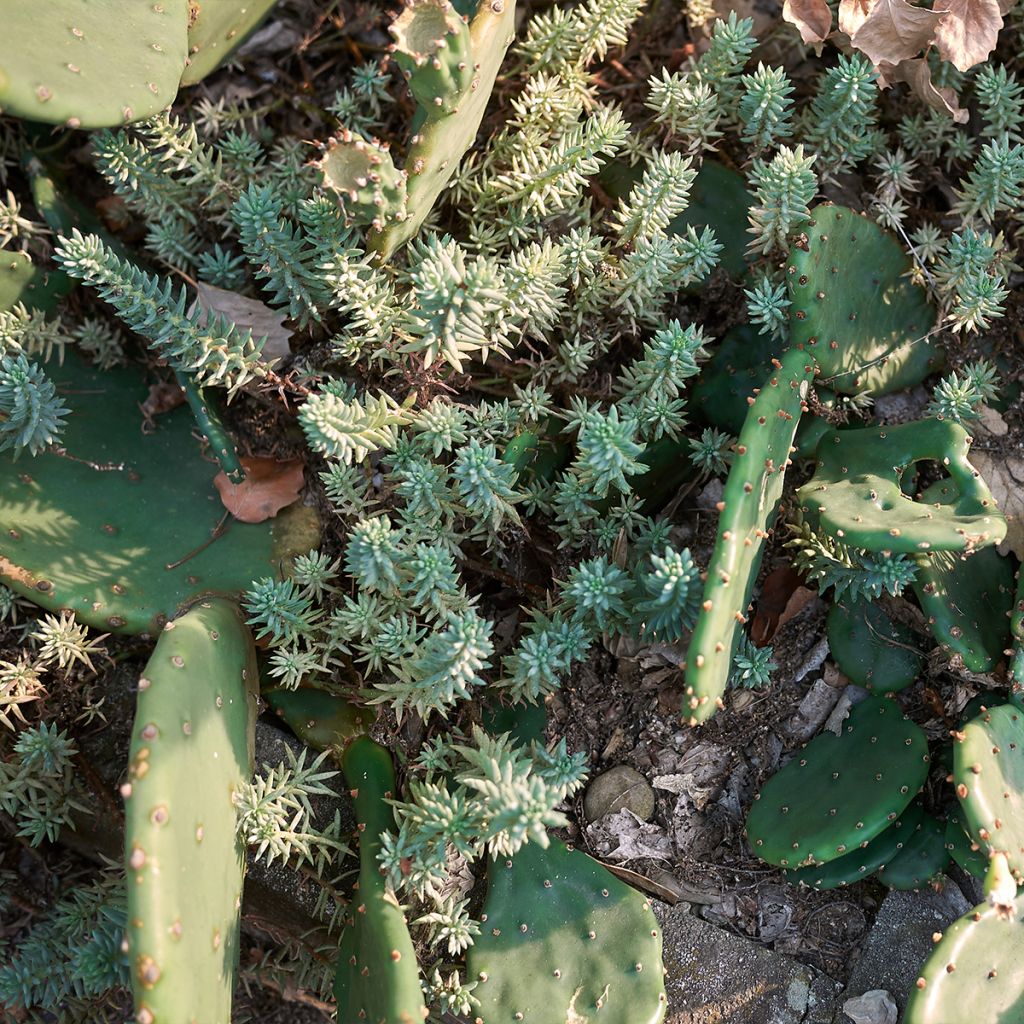

Sedum reflexum - Orpin des rochers, Orpin réfléchi
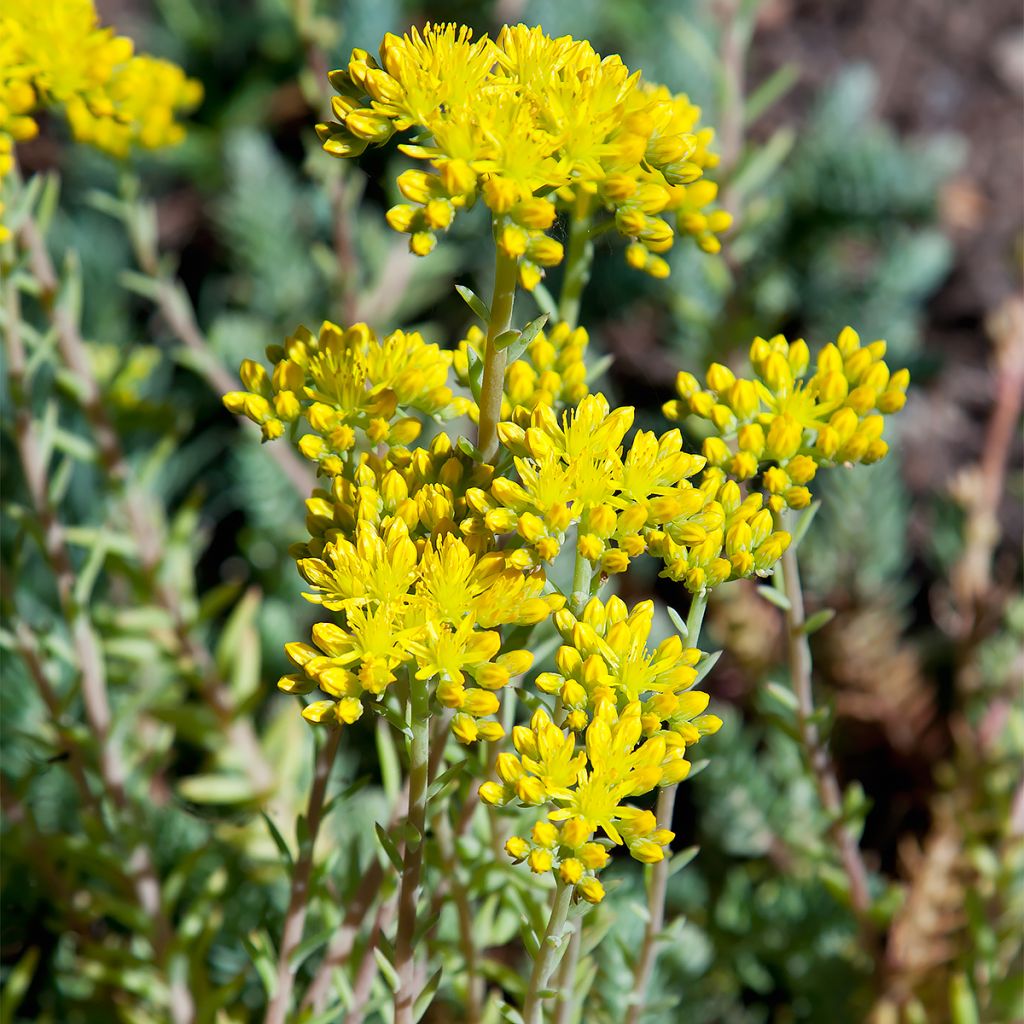

Sedum reflexum - Orpin des rochers, Orpin réfléchi
Sedum reflexum - Stonecrop
Sedum reflexum
Reflexed Stonecrop, Stone Orpine, Blue spruce Stonecrop, Jenny's Stonecrop, Prick-madam, Crooked yellow Sedum
I'm sorry, but the customer review provided doesn't contain any text to be translated. If you have any other customer reviews or text that needs translation, feel free to share it with me. I'll be happy to help with the translation.
Pascal, 18/04/2024
Special offer!
Receive a €20 voucher for any order over €90 (excluding delivery costs, credit notes, and plastic-free options)!
1- Add your favorite plants to your cart.
2- Once you have reached €90, confirm your order (you can even choose the delivery date!).
3- As soon as your order is shipped, you will receive an email containing your voucher code, valid for 3 months (90 days).
Your voucher is unique and can only be used once, for any order with a minimum value of €20, excluding delivery costs.
Can be combined with other current offers, non-divisible and non-refundable.
Home or relay delivery (depending on size and destination)
Schedule delivery date,
and select date in basket
This plant carries a 12 months recovery warranty
More information
We guarantee the quality of our plants for a full growing cycle, and will replace at our expense any plant that fails to recover under normal climatic and planting conditions.
Would this plant suit my garden?
Set up your Plantfit profile →
Description
Sedum reflexum, also known as rock stonecrop, is a small low-growing succulent plant that colonises the poorest and driest terrains through long stems that easily root in crevices. Its bluish-green foliage becomes more silvery in summer and persists in winter, even in harsh climates. This sedum quickly forms a dense carpet that comes alive in summer with a cheerful yellow flowering, like a myriad of stars, highly visited by insects.
From the Crassulaceae family, stonecrops are proof that poor soil can grow pretty specimens with subtle shades. You can still benefit from hardy perennials if your soil is poor, rather dry, even rocky or slightly chalky. They withstand temperatures below -15°C (5°F), require no maintenance, and promise to enliven the garden with a constant dance of butterflies. These succulents are easy-going and offer flowers and foliage in various shades to create dazzling displays in flower beds or containers. They should not be exposed to excess humidity in winter, nor covered with dead leaves (as they may wither). It prefers a sunny, even scorching, exposure, and will thrive in a few millimetres of substrate.
Sedum reflexum naturally occurs in rocky or sandy meadow-like landscapes in central European to Mediterranean areas. It has a creeping habit that can reach a spread of 40cm (16in) with its stoloniferous stems. They end their creeping course by arching to a height of 10cm (4in). They bear small, oblong, tapering, cylindrical and fleshy leaves, measuring only 3 to 5mm. They are arranged alternately and densely. This foliage somewhat changes its shade with each season, in a range of green, bluish, grey, and silver. These nuances vary according to the climatic conditions: the amount of light and water will either lighten or intensify its colours. From this carpet, a radiant flowering stands out, in June-July. Its inflorescences in miniature corymbs consist of multiple yellow star-shaped flowers, highly prized by insects. The flowers can double the height of this little carpet.
Sedum reflexum is an asset for landscaping rockeries and all sunny corners around the house. Place it along the edge of a patio, at the base of a wall, or in pots that you can move according to the seasons. It easily combines with all rockery plants, requires no maintenance, and colonises abandoned spaces. It is also suitable for green roofs. For a long-lasting flowering, plant it with Iberis sempervirens (spring flowering) and Erigeron karvinskianus (from May to September). Vary the foliage effects by colour or shape with other sedums: S. spurium 'Variegatum', S. 'Album Superbum' and S. reflexum 'Angelina'.
Sedum reflexum - Stonecrop in pictures
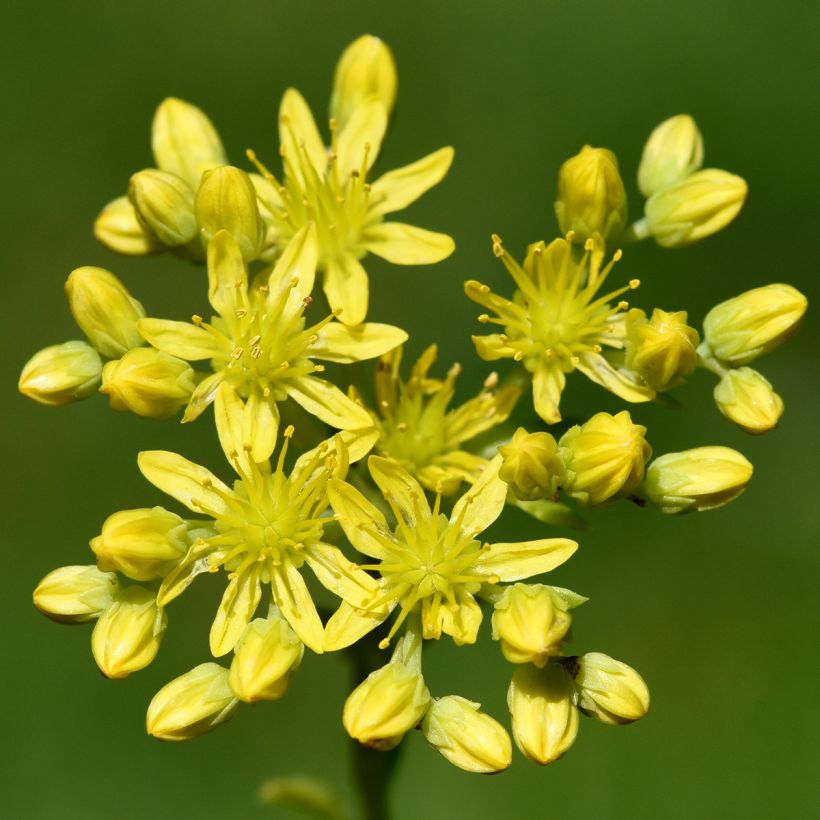

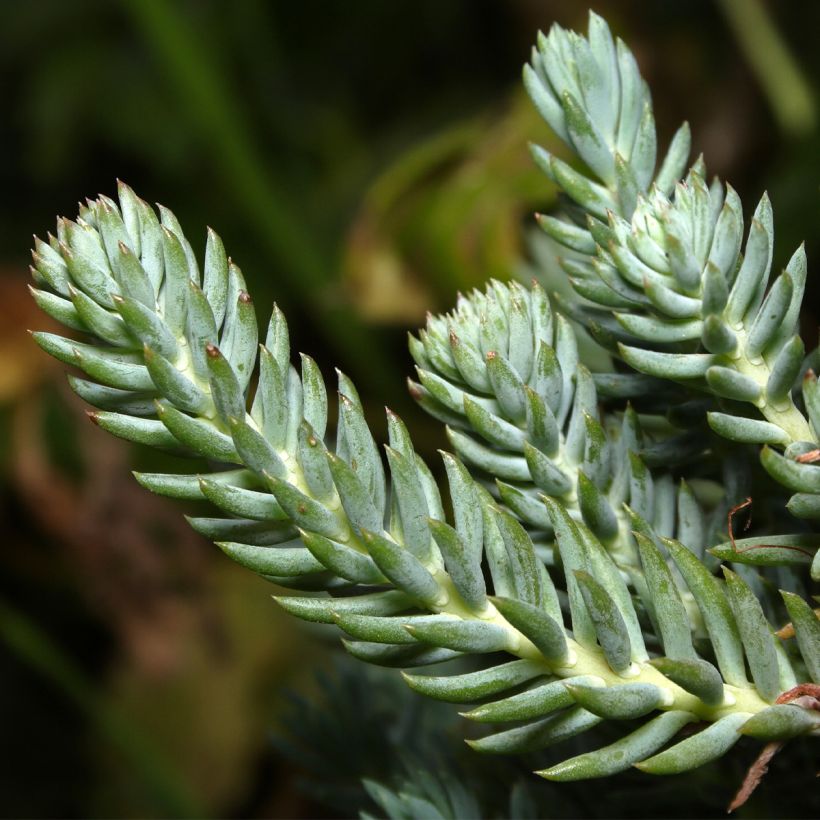

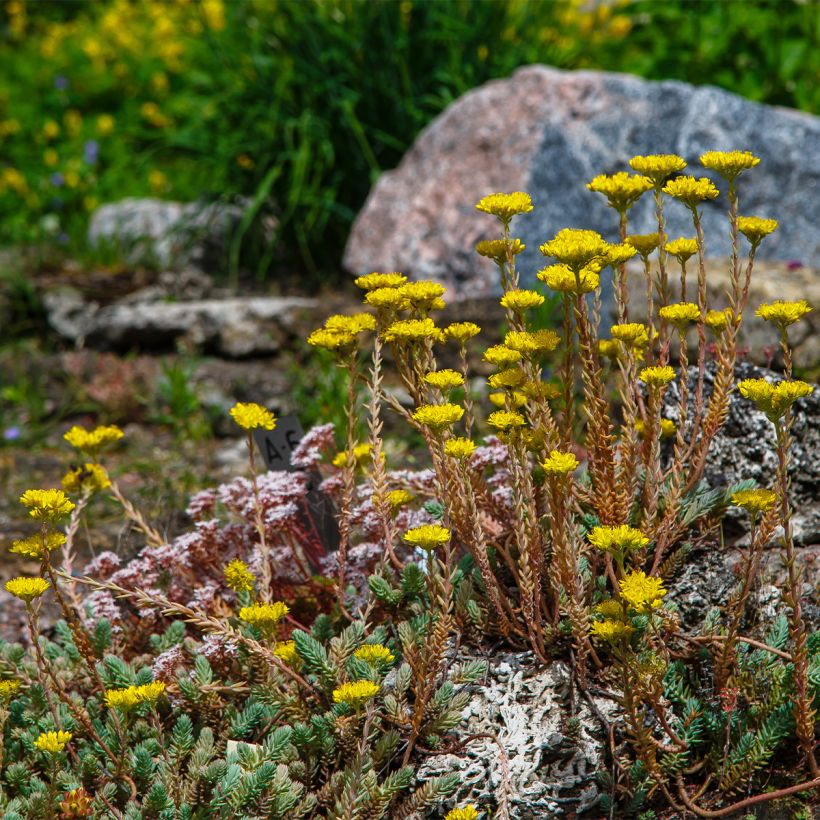

Flowering
Foliage
Plant habit
Botanical data
Sedum
reflexum
Crassulaceae
Reflexed Stonecrop, Stone Orpine, Blue spruce Stonecrop, Jenny's Stonecrop, Prick-madam, Crooked yellow Sedum
Western Europe
Other Sedum
View all →Planting and care
Sedum reflexum likes warm exposures and dry, poor soils. You can plant it in the ground or in a container in spring or autumn. Keep the substrate well-drained and add some gravel, if necessary. Conversely, if you place it in a rock garden or on a wall, just give it a little compost to help it to establish. Afterwards, it will take care of itself.
If you want to propagate it, simply cut some roots that are already attached to their support and move them elsewhere, burying them slightly.
Take care of it by ensuring that it doesn't get covered with dead leaves or vegetation residues, and optionally removing faded inflorescences.
Planting period
Intended location
Care
Planting & care advice
-
, onOrder confirmed
Reply from on Promesse de fleurs
Similar products
Haven't found what you were looking for?
Hardiness is the lowest winter temperature a plant can endure without suffering serious damage or even dying. However, hardiness is affected by location (a sheltered area, such as a patio), protection (winter cover) and soil type (hardiness is improved by well-drained soil).

Photo Sharing Terms & Conditions
In order to encourage gardeners to interact and share their experiences, Promesse de fleurs offers various media enabling content to be uploaded onto its Site - in particular via the ‘Photo sharing’ module.
The User agrees to refrain from:
- Posting any content that is illegal, prejudicial, insulting, racist, inciteful to hatred, revisionist, contrary to public decency, that infringes on privacy or on the privacy rights of third parties, in particular the publicity rights of persons and goods, intellectual property rights, or the right to privacy.
- Submitting content on behalf of a third party;
- Impersonate the identity of a third party and/or publish any personal information about a third party;
In general, the User undertakes to refrain from any unethical behaviour.
All Content (in particular text, comments, files, images, photos, videos, creative works, etc.), which may be subject to property or intellectual property rights, image or other private rights, shall remain the property of the User, subject to the limited rights granted by the terms of the licence granted by Promesse de fleurs as stated below. Users are at liberty to publish or not to publish such Content on the Site, notably via the ‘Photo Sharing’ facility, and accept that this Content shall be made public and freely accessible, notably on the Internet.
Users further acknowledge, undertake to have ,and guarantee that they hold all necessary rights and permissions to publish such material on the Site, in particular with regard to the legislation in force pertaining to any privacy, property, intellectual property, image, or contractual rights, or rights of any other nature. By publishing such Content on the Site, Users acknowledge accepting full liability as publishers of the Content within the meaning of the law, and grant Promesse de fleurs, free of charge, an inclusive, worldwide licence for the said Content for the entire duration of its publication, including all reproduction, representation, up/downloading, displaying, performing, transmission, and storage rights.
Users also grant permission for their name to be linked to the Content and accept that this link may not always be made available.
By engaging in posting material, Users consent to their Content becoming automatically accessible on the Internet, in particular on other sites and/or blogs and/or web pages of the Promesse de fleurs site, including in particular social pages and the Promesse de fleurs catalogue.
Users may secure the removal of entrusted content free of charge by issuing a simple request via our contact form.
The flowering period indicated on our website applies to countries and regions located in USDA zone 8 (France, the United Kingdom, Ireland, the Netherlands, etc.)
It will vary according to where you live:
- In zones 9 to 10 (Italy, Spain, Greece, etc.), flowering will occur about 2 to 4 weeks earlier.
- In zones 6 to 7 (Germany, Poland, Slovenia, and lower mountainous regions), flowering will be delayed by 2 to 3 weeks.
- In zone 5 (Central Europe, Scandinavia), blooming will be delayed by 3 to 5 weeks.
In temperate climates, pruning of spring-flowering shrubs (forsythia, spireas, etc.) should be done just after flowering.
Pruning of summer-flowering shrubs (Indian Lilac, Perovskia, etc.) can be done in winter or spring.
In cold regions as well as with frost-sensitive plants, avoid pruning too early when severe frosts may still occur.
The planting period indicated on our website applies to countries and regions located in USDA zone 8 (France, United Kingdom, Ireland, Netherlands).
It will vary according to where you live:
- In Mediterranean zones (Marseille, Madrid, Milan, etc.), autumn and winter are the best planting periods.
- In continental zones (Strasbourg, Munich, Vienna, etc.), delay planting by 2 to 3 weeks in spring and bring it forward by 2 to 4 weeks in autumn.
- In mountainous regions (the Alps, Pyrenees, Carpathians, etc.), it is best to plant in late spring (May-June) or late summer (August-September).
The harvesting period indicated on our website applies to countries and regions in USDA zone 8 (France, England, Ireland, the Netherlands).
In colder areas (Scandinavia, Poland, Austria...) fruit and vegetable harvests are likely to be delayed by 3-4 weeks.
In warmer areas (Italy, Spain, Greece, etc.), harvesting will probably take place earlier, depending on weather conditions.
The sowing periods indicated on our website apply to countries and regions within USDA Zone 8 (France, UK, Ireland, Netherlands).
In colder areas (Scandinavia, Poland, Austria...), delay any outdoor sowing by 3-4 weeks, or sow under glass.
In warmer climes (Italy, Spain, Greece, etc.), bring outdoor sowing forward by a few weeks.






























